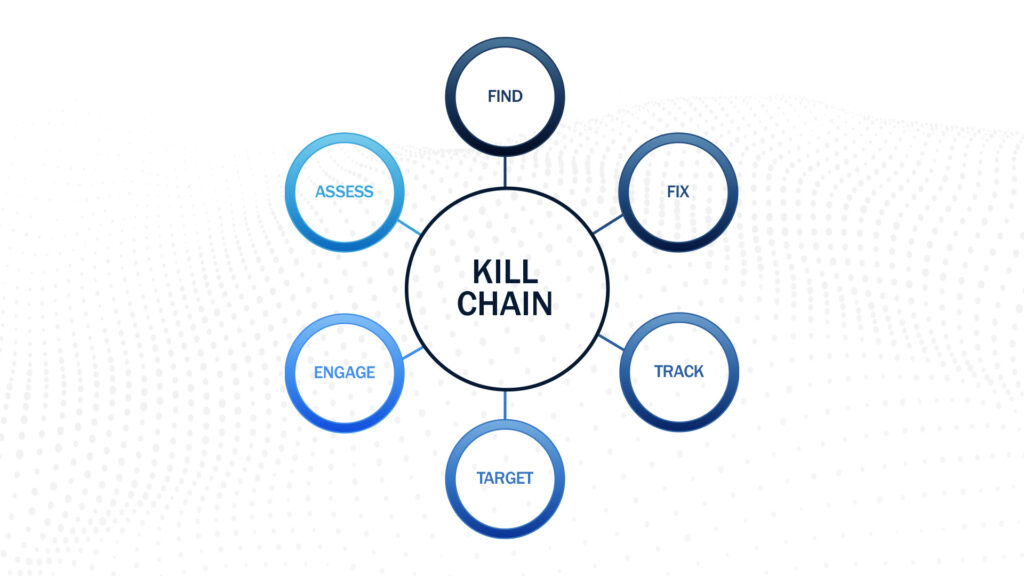
Space Warfare: How the U.S. Can Stay Ahead in the Orbital Arms Race
Author: Dave Meteyer, Group Leader in the Space and Intelligence Division
- Alexandria, VA | August 6, 2025
This is part 2 of a 4-part series.
See the series posts here and subscribe to get each post as it’s published.
From Congested Orbits to Contested Battlespace
The space domain has transformed in scale, scope, and strategic consequence. What once was a benign operational backdrop is now a contested warfighting domain. China and Russia continue to develop and demonstrate counterspace weapons—from direct-ascent ASATs and co-orbital platforms to jammers and directed energy systems—explicitly designed to undermine U.S. freedom of action in space.
“There’s a lot going on up there… of various sizes, different orbital regimes, and operated often by adversaries as well as ourselves,” said Dave Meteyer, Group Leader in the Space & Intelligence Division at Systems Planning & Analysis (SPA).
“
“For many decades, space-based capabilities operated without adversary impact. That’s no longer the case.”
-Dave Meteyer



This work shapes:



Operational Example: Defending the Satellite Kill Chain

What Policymakers Must Prioritize Now
#1
Fund Warfighting Space Architectures
Prioritize capabilities that preserve key space services and hold adversary systems at risk under contested conditions
#2
Accelerate Threat-Informed Concept Development
Institutionalize the role of concept development centers like Space Futures Command and link their outputs to planning and acquisition timelines
#3
Institutionalize Space Effects into Joint Planning
Build robust space degradation scenarios into joint exercises and operational plans; assign analytic and operational support to COCOM planning staffs
#4
Strengthen Analytical Infrastructure
Expand investment in next-gen modeling tools, threat libraries, and warfighting simulation environments to support informed architectural tradeoffs
Related Posts
We invite you to subscribe and stay informed. Never miss an update as we continue providing the rigorous insights and expert analysis you rely upon to protect and advance our national security.





